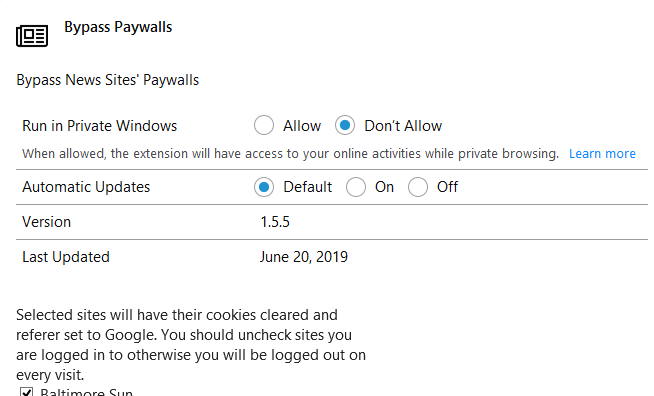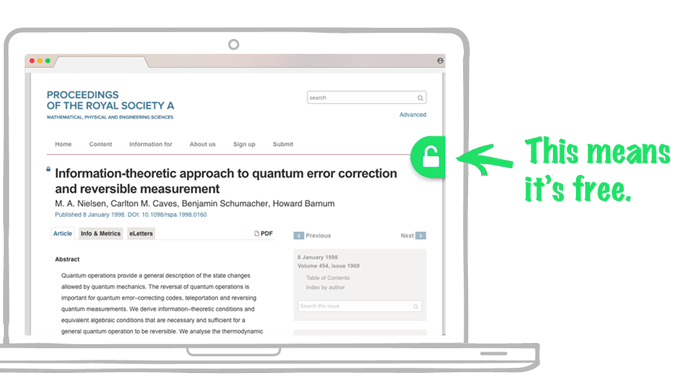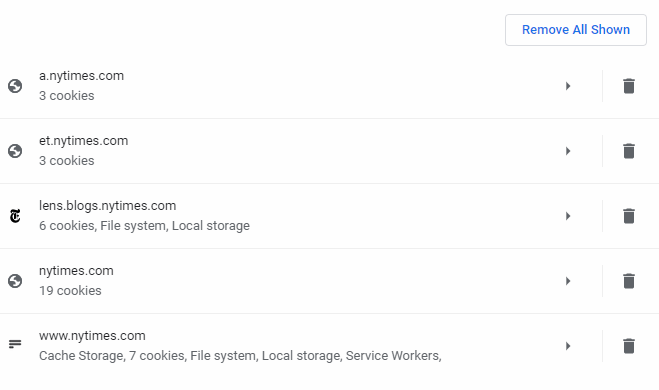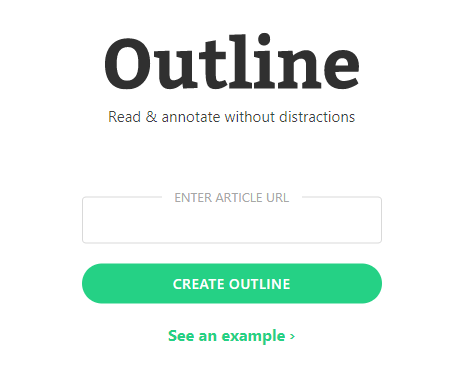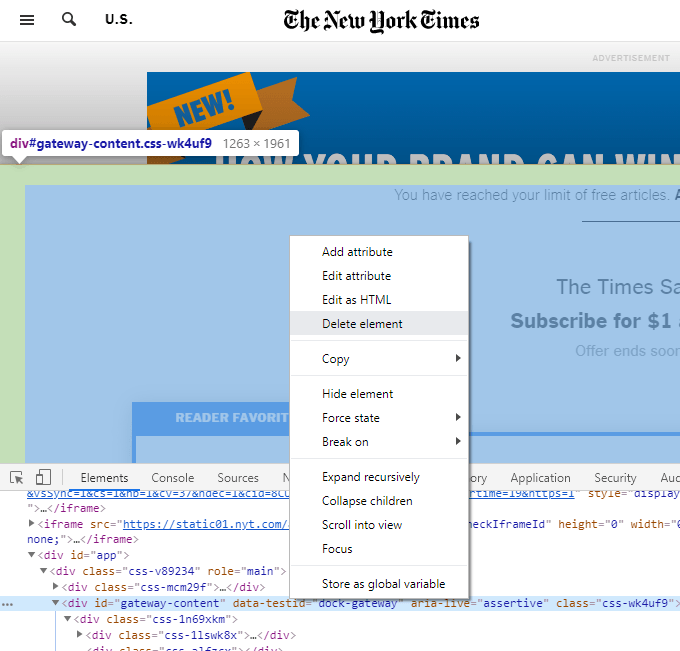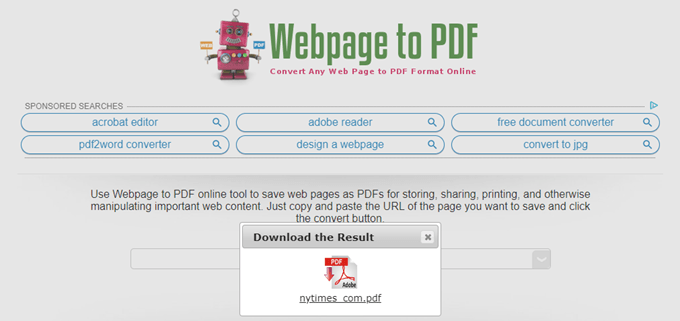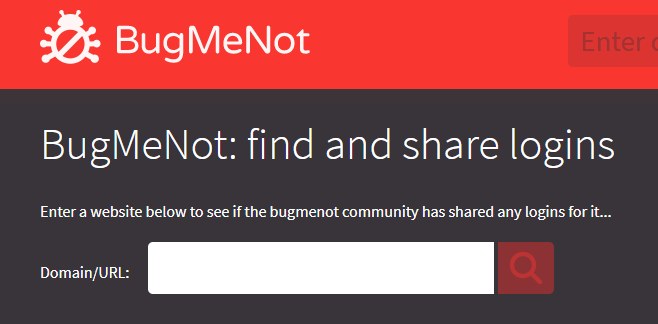However, depending on how the paywall works, you might have luck using a paywall unblocker to see what’s behind it. Other times, a simple browser trick might be enough to remove the paywall and read the article, watch the video, etc. There are two types of paywalls, and you’ll most likely have luck unlocking only the “soft” kind. A soft paywall is one that lets you see some of the content before it blocks the rest, whereas a hard paywall requires payment upfront without a content preview or limited-time access. Note: We don’t recommend using paywall blockers because they starve a company of a potentially huge revenue source. Similar to ad-blockers, you should use them wisely and consider the impact they might have on your favorite sites. Also, if you prefer to watch over reading, check out our short video on YouTube where we walk you through some of the paywall-bypassing options mentioned in the article:
12 Paywall Unblockers
You can try a number of methods to get past a paywall. Some are bound to not work at all, but there’s surely one or two options that should work for the site you’re trying to access.
Bypass Paywalls Firefox Extension
Use this Firefox extension to bypass the paywall. It works on Bloomberg, Denver Post, the Baltimore Sun, Inc.com, The Herald, and many other sites. Just use the download link at the top of that page to get the file, and then drag it into a Firefox window to install it. From there, all you have to do is access the site to see if the extension removed the paywall. You can go into the settings to disable the block (allow the paywall) on any of the supported sites.
Look for the Article Elsewhere
Copy the article’s headline and paste it into a search engine to look for a duplicate. This is one of the easiest ways to get around a paywall because many times, a popular article from a subscription-based news organization is copied and posted elsewhere absolutely free. Something important to remember when doing a search like this where there are several spaces is to surround the words in quotes like you see above. This will limit the search results but guarantee that what you find is relevant to the article you’re after.
Try the Unpaywall Chrome Extension
Unpaywall is a Chrome extension that unblocks paywalls on scholarly articles. It scours the internet for free PDF versions of the item and then provides you with a link to find the free version.
Reset Your Browser Cookies
Delete your browser cookies or use incognito mode to get around the paywall. If the website lets you view a handful of articles and then blocks access with a paywall, they’re doing so via storing cookies that track how many pages you’ve viewed. Removing the cookies or opening the website in incognito mode to bypass the cookies, will appear to the website as though you’re a new visitor, thus resetting the number of free articles you can open. Learn where your browser’s cookies are stored to delete them. Or, see how to use private browsing mode in Chrome or Opera, Edge or Internet Explorer, or in Firefox.
Use Outline.com
Enter the page URL into Outline. Outline is meant for annotating web pages and reading the content with little distractions, but due to how it works, it’s generally helpful for getting past paywalls.
Delete the Paywall Manually
Delete the paywall pop-up, if possible. Some websites use a super basic paywall system where the only thing stopping you from viewing the page is a pop-up. While there isn’t an exit button easily accessible, you can view the page source and remove it manually to reveal the content behind it. For example, in Chrome, right-click the paywall message and select Inspect. Use the mouse pointer option at the top left of Chrome’s tool to find the source code of the paywall. When you find it, right-click the data and choose Delete element. You might have to delete several things until you find the right mixture to get rid of the entire paywall. A similar option that might work if the paywall uses JavaScript, is to block the script with a tool like Quick JavaScript Switcher for Chrome. If you don’t use Chrome or these methods aren’t working, try a web proxy that can strip away scripts, like HMA.
Stop the Page From Fully Loading
Quickly pause the page before the paywall can open. If you don’t have luck deleting it or blocking JavaScript, you might be able to interrupt the page from fully loading to stop the paywall pop-up from displaying. You have to be quick though; if the page loads too quickly or the paywall launches before the article, this won’t work. To try this, just refresh the page and hit the Esc key several times right after the content loads.
Dig Through Archive Sites
Archive sites like Wayback Machine and Archive.is save web pages for archival purposes. You can take advantage of those methods to find articles that you can’t otherwise access because of a paywall block.
Use a “Read-it-Later” Tool
Send the article to a bookmarking, or read-it-later service like Pocket to bypass the article limit. This only works if you’re given access to the site for free the first few times you visit. Similar to the cookie method above, this one doesn’t store the visit as one of your own because the page’s contents are being sent elsewhere and not loaded on your computer.
Convert the Page to PDF
There are lots of page-to-PDF converters out there, one example being Webpagetopdf.com. Just put the URL of the paywall page into the text box, convert it, and then download the PDF to have yourself an offline, always-accessible copy of the article.
Look for Login Details
If it’s a hard paywall you’re dealing with that requires a user account, try a shared login service. Websites like BugMeNot might have login details you can use to log in to the website and bypass the paywall by pretending to be a real user.
Sign up for a Free Trial
Another paywall bypass method involves paying…sort of. If there’s an option to apply for a trial so that you can get around the paywall, use it and then cancel the trial before you’re charged. This is definitely a no-brainer, but the reason we bring it up is because it’s still free and will definitely get you past the block. However, if you do this, be sure to cancel the trial or you’ll have to pay! You can use a virtual payment service like Privacy to make sure the card you use to pay only covers the trial and won’t charge you for the service.


